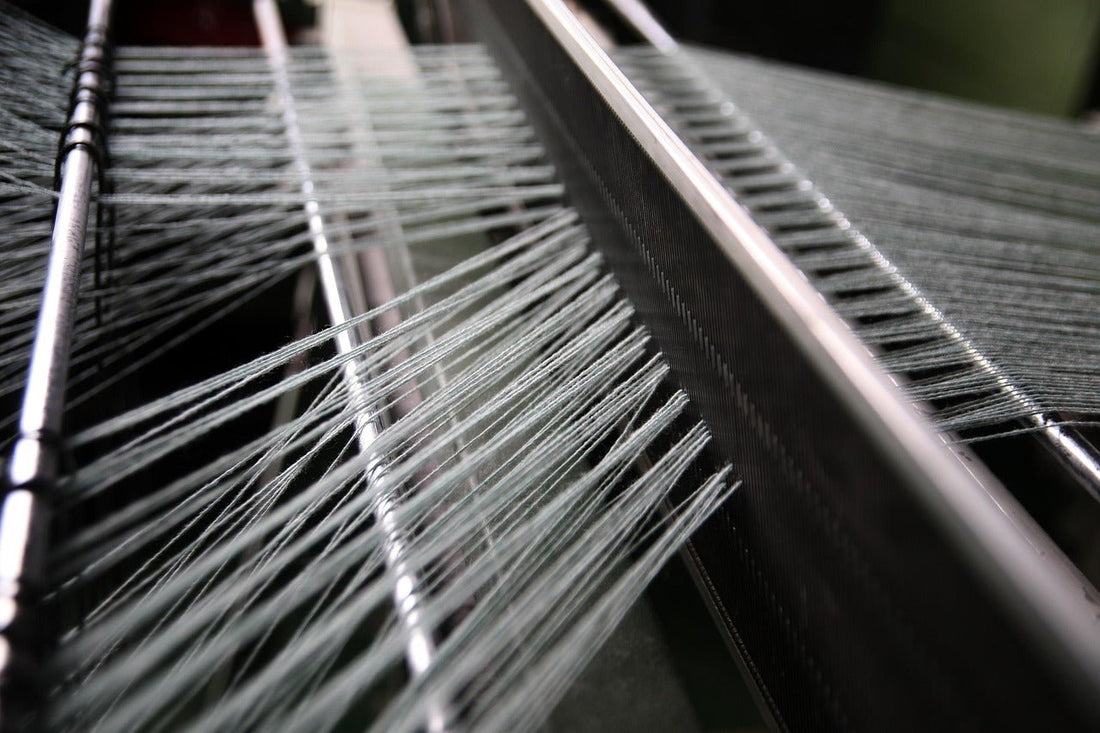
What Is Real Pashmina? How to Tell the Difference
Share

1. What Is Pashmina, Really?
The word pashmina has become widely used, but most products labeled as pashmina today are far from the real thing. Genuine pashmina is made from the undercoat of Changra goats native to the high-altitude Himalayan regions of Nepal, primarily Mustang. The fibers are just 14–19 microns thick—finer than cashmere—making them incredibly soft, light, and warm.
2. How Fake Pashmina Took Over the Market
Many mass-produced scarves sold as "pashmina" are actually made from synthetic blends or low-grade wool. They may feel soft at first, but they lack the breathability, warmth, and durability of authentic pashmina. These fakes are often machine-made in factories far from the Himalayas.
3. 5 Ways to Spot Real Pashmina
- Feel: Real pashmina feels featherlight and soft, but not slippery like silk or polyester.
- Fringe Check: Authentic pashmina scarves are hand-fringed—each thread is tied by hand.
- Burn Test: (only if you're testing a sample): Natural pashmina smells like burnt hair when lit; synthetics smell like plastic.
- Price: If it’s suspiciously cheap, it’s likely fake. Authentic pashmina is labor-intensive and made in small batches.
- Source: Trust brands that tell you where and how their pashmina is made. (Like we do!)
4. Why Lumusae Only Offers the Real Thing
At Lumusae, every shawl and scarf is made from 100% Changra goat wool, hand-processed and woven by artisans in Nepal’s Mustang region. We provide complete transparency—our fibers are sustainably sourced, our artisans are fairly compensated, and our production takes 7 days per piece.
When you invest in a Lumusae pashmina, you’re choosing heritage, quality, and authenticity over mass-market trends.
